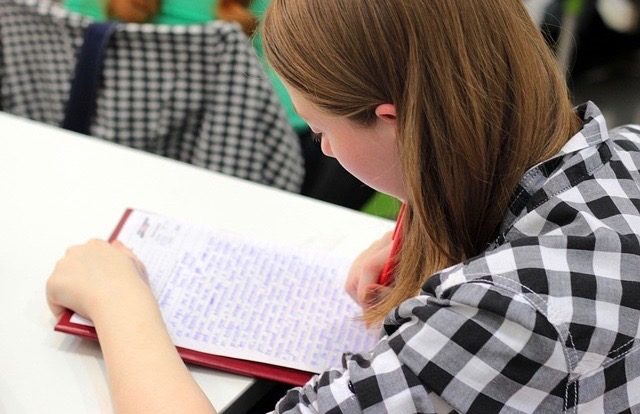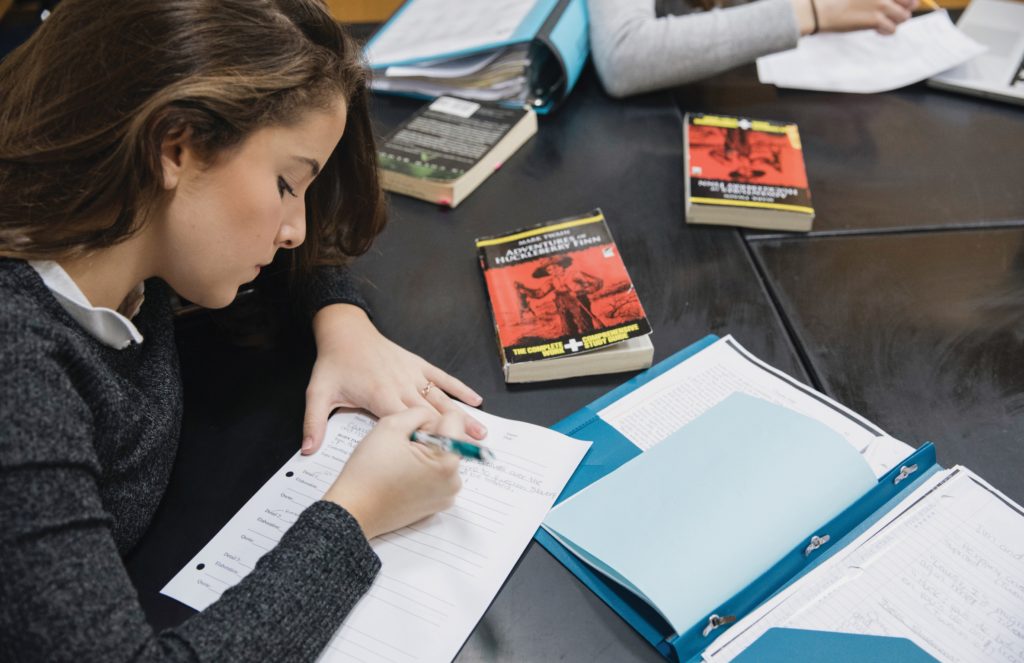Filter resources by:
Select a filter from the drop down menu to apply the filter. Page reloads upon selection

Sep 22, 2019
Effective Use of Context Vocabulary
Vocabulary words are most useful to students when they recognize them in their reading and can use them in their writing. Therefore, it is important to introduce students to unfamiliar words before they are exposed to them in a text. If students come across an unfamiliar word while reading, they are more likely to wonder
Read Strategy
May 28, 2019
Assigning and Working Through Research Projects: Study Skills in Early Elementary School
As teachers, we have all been faced with the challenge of engaging our learners in shared research. This activity has always been challenging for me: what will my students get out of the project, who is doing the actual research, and what the end result will look like? Again, I have really shifted my way
Read Blog
May 5, 2019
Creating Richer Personal Narratives: Creating Positive Student Outcomes in Middle School Special Education:
Each year, I do a personal narrative writing unit with my seventh grade students. There have been years where I’ve received some really moving, thoughtful narratives…. and years where a student tells me the only event he can think of to write about was the time he accidentally shaved off part of an eyebrow. (Yes,
Read Blog
Apr 25, 2019
Vocabulary Instruction Strategies and Activities: Study Skills in Early Elementary School
Vocabulary instruction is a vital part of teaching The more students understand vocabulary, the more they will be able to understand what they read, what they hear, and how they speak. I was reminded of the need for explicit vocabulary instruction during a study skills course that I took with Landmark Outreach. After taking the
Read Blog
Apr 25, 2019
Tackling Text Structure: Creating Positive Student Outcomes in Middle School Special Education
Working with Author’s Purpose As testing season rapidly approaches, I’ve begun to target my focus on specific reading skills that come up often in standardized testing, but always with an eye on how I can use these skills to also improve my students’ writing. Reading and writing, of course, go hand in hand, so I
Read Blog
Apr 23, 2019
Promoting Student Interest and Motivation
On the other hand, students under stress or faced with a perceived threat are known to show decreased interest and motivation. The human brain is wired for survival, and, when presented with a perceived threat, the brain will transform into a reflex survival response. Students under stress or faced with perceived threats may relate to
Read Strategy
Mar 21, 2019
Reading Comprehension
Reading comprehension requires the seamless integration of multiple skills beyond just decoding words accurately. In order for students to comprehend the information that they read, a variety of factors must be intact. First, students must understand the structure of the language they are reading, including grammar, syntax, and figures of speech. Students also need to
Read Strategy
Mar 19, 2019
How to Teach Point of View: Creating Positive Student Outcomes in Middle School Special Education
I’m sure I’m not the only one who has made this mistake. “Rewrite the chapter from another character’s point of view,” I instructed my students a few years ago, feeling good about this creative, more interesting variation of writing a chapter summary. After collecting their work, I sat down to read their stories and immediately
Read Blog
Mar 19, 2019
Teaching Time Management: Study Skills in Early Elementary School
Another big take away that I have learned and been able to implement into my substantially separate second grade language-based classroom is the importance of explicitly teaching time management skills. Many students can learn to tell time accurately at this young age, but the actual concept of the passage of time is a very challenging
Read Blog